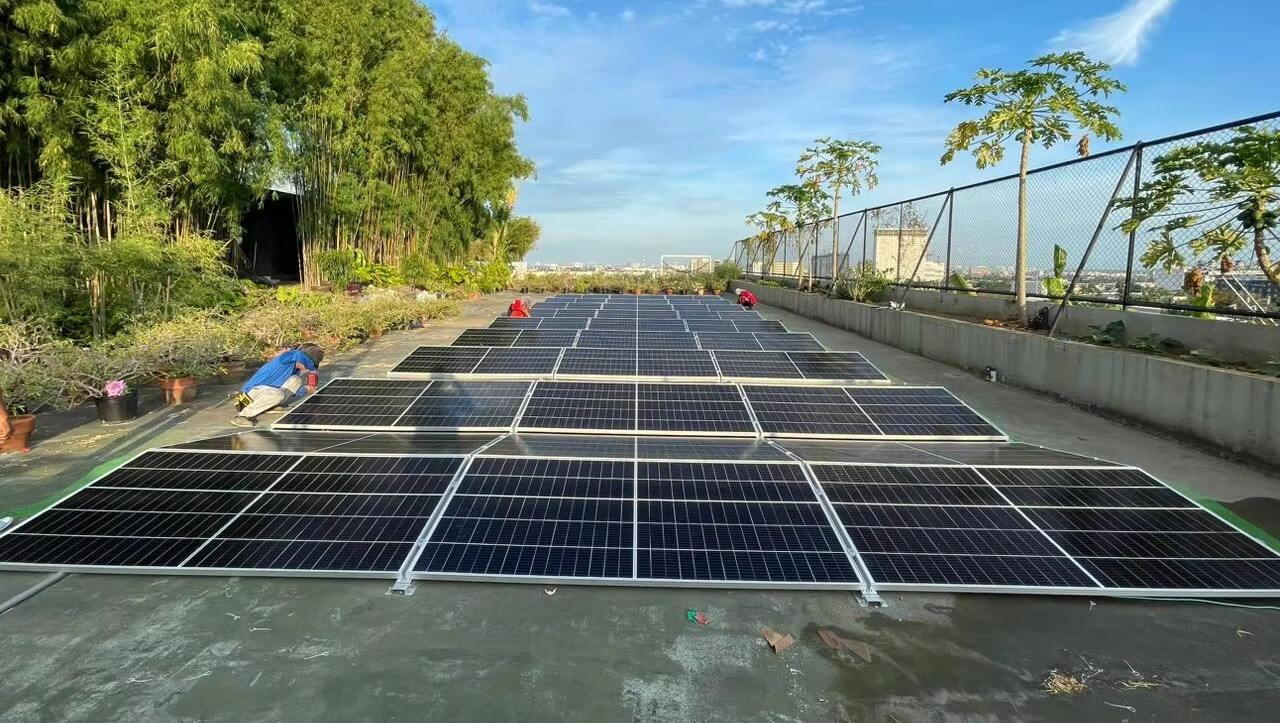Solar system home backup power refers to integrated solar energy setups designed to provide electricity during grid outages, combining solar panels, energy storage batteries, inverters, and mounting systems to ensure uninterrupted power for essential household devices. These systems are critical for regions with frequent blackouts or remote homes off the main grid, offering energy security and reducing reliance on fossil fuel generators. The core components include high-efficiency monocrystalline solar panels (typically 300–400W each) mounted on durable racks (roof or ground-mounted, using aluminum or steel structures), a charge controller to regulate power flow from panels to batteries, deep-cycle lithium-ion or lead-acid batteries (storing 5–20 kWh of energy), and a hybrid inverter that converts DC power from panels/batteries to AC for household use. Key features include automatic transfer switches that detect grid failures and switch to backup mode within seconds, ensuring seamless power transition. Solar system home backup power systems are scalable: basic setups power essentials (refrigerators, lights, medical devices), while larger systems can run entire homes. Mounting systems are tailored to home layouts—roof brackets for space efficiency or ground mounts for optimal sun exposure—with tilt angles adjusted to local latitude (15°–45°) for maximum energy capture. Many systems integrate smart monitoring (via mobile apps) to track energy production, battery levels, and usage. Compliance with standards like UL 1741 (inverters) and IEC 61646 (solar panels) ensures safety and reliability. These systems not only provide emergency power but also reduce grid electricity usage during normal operation, lowering utility bills. For homeowners, solar system home backup power combines sustainability with resilience, offering peace of mind during outages while contributing to a greener energy footprint.
